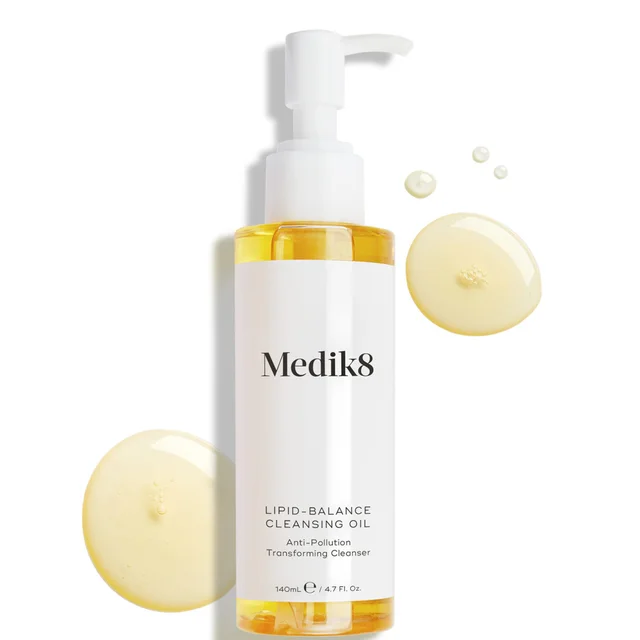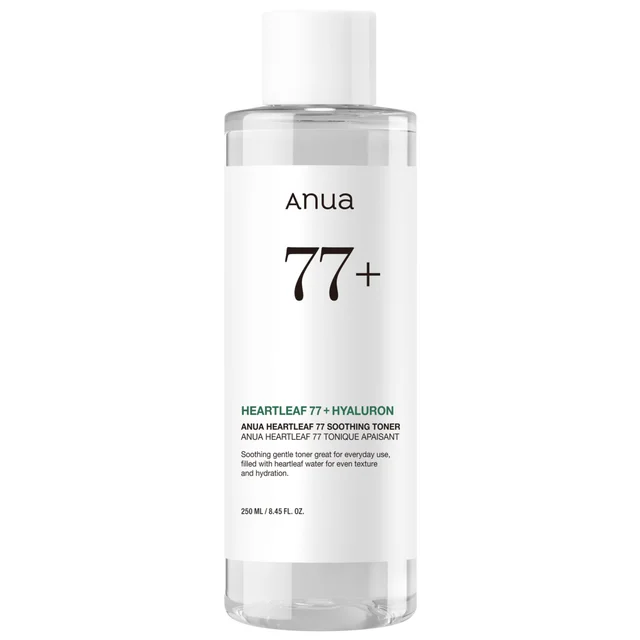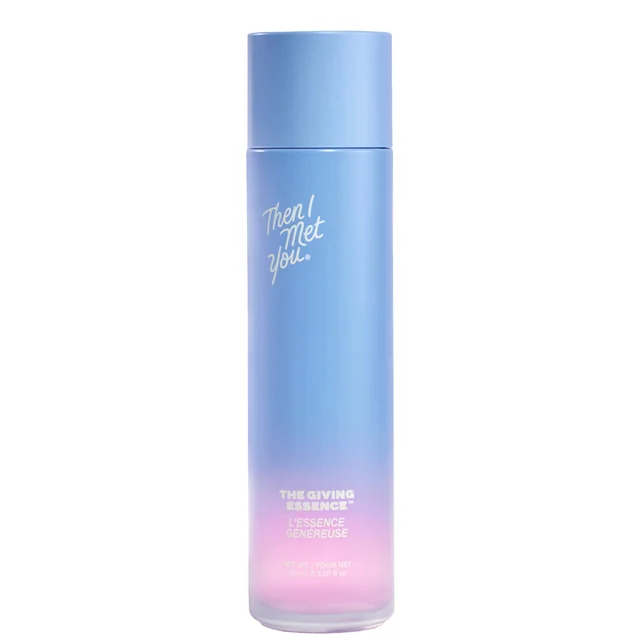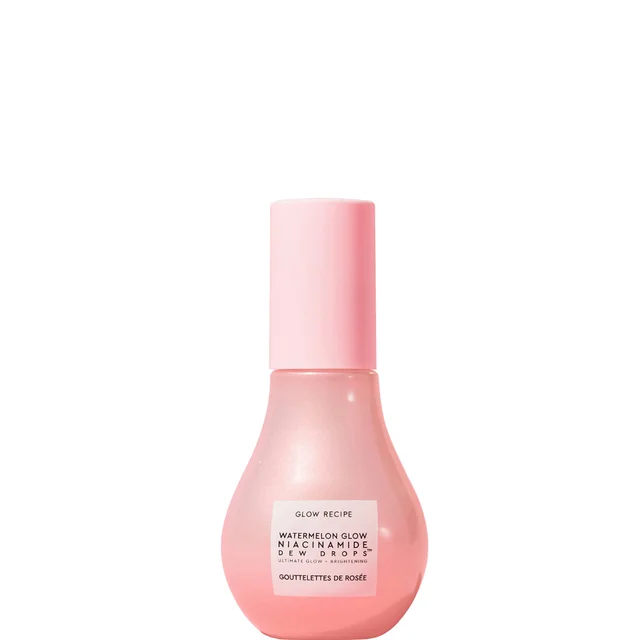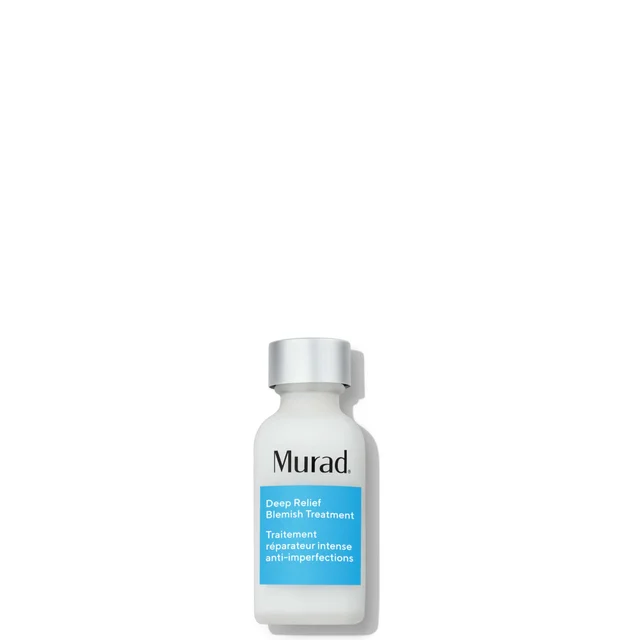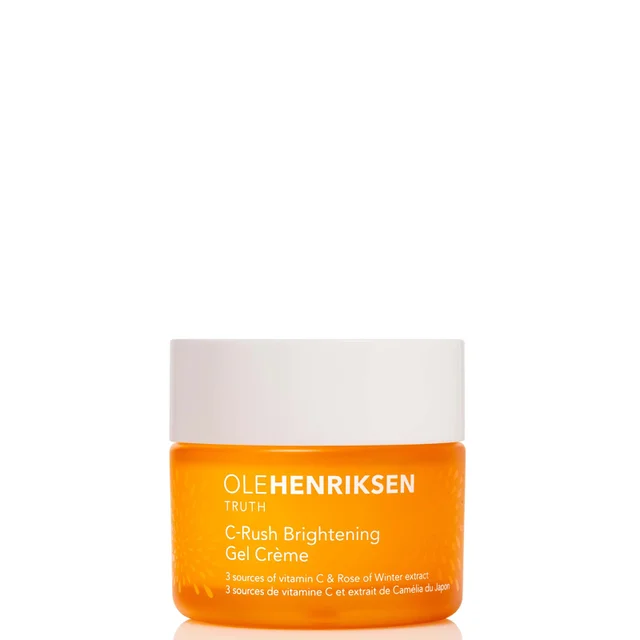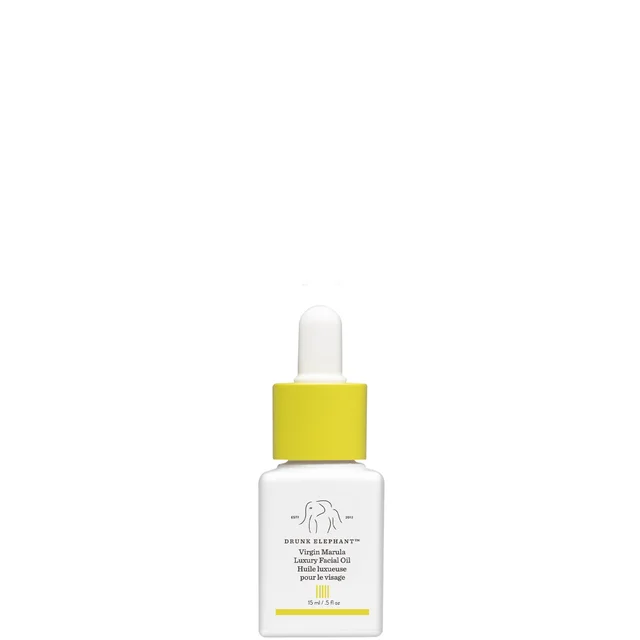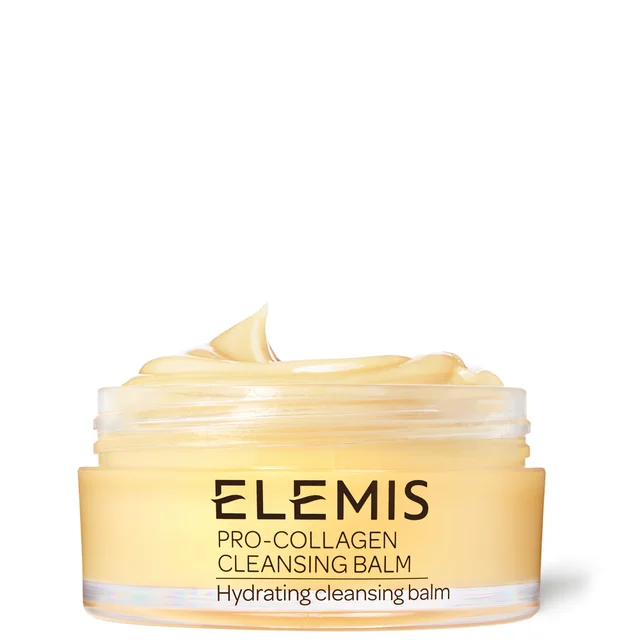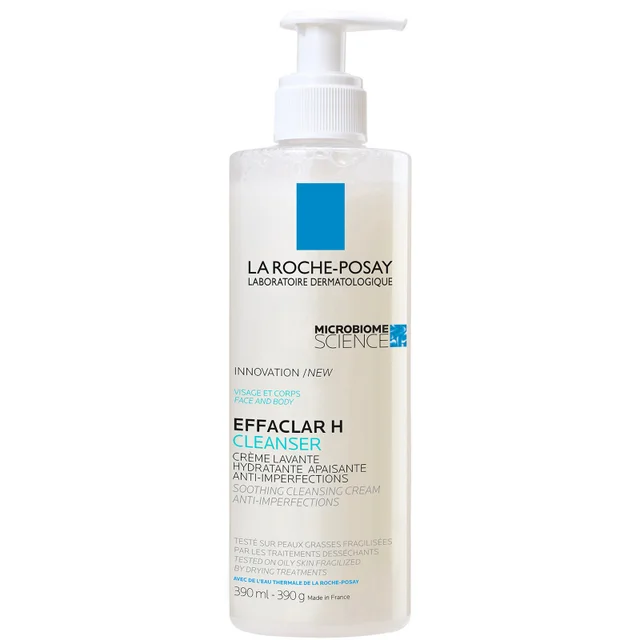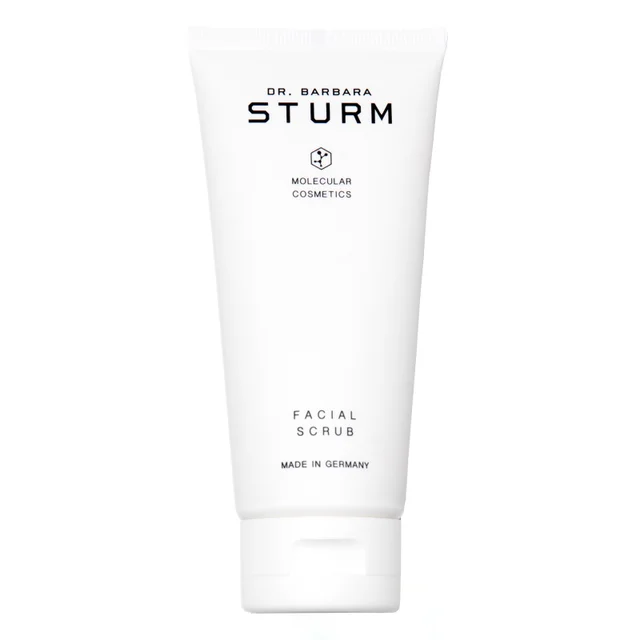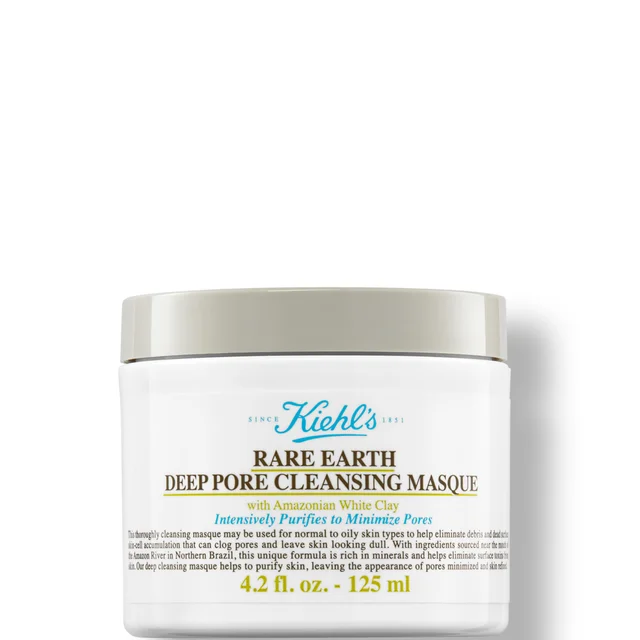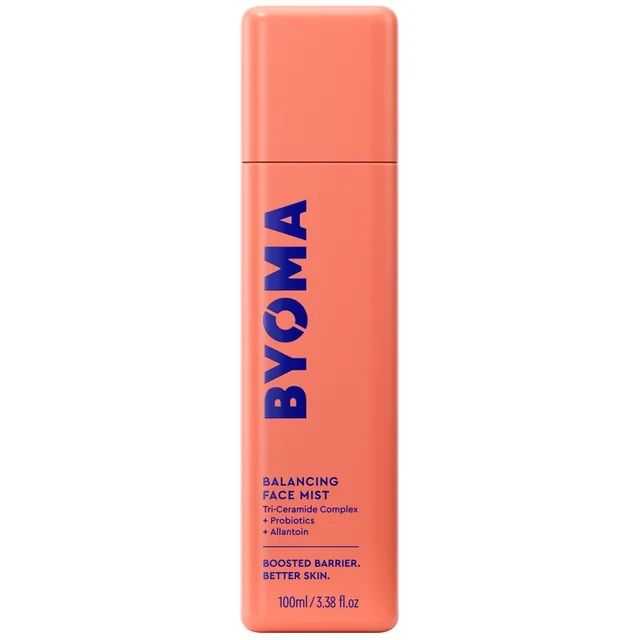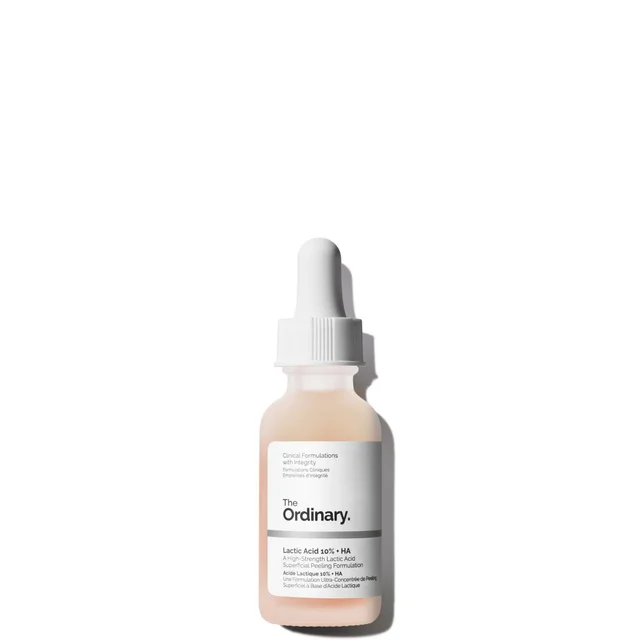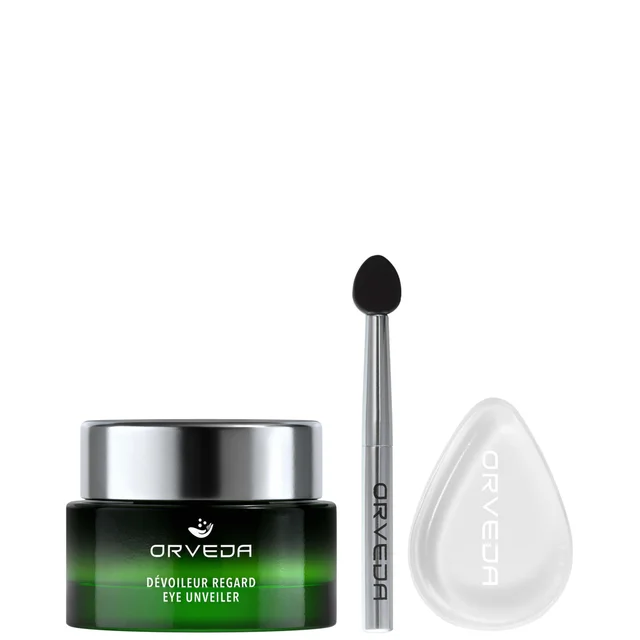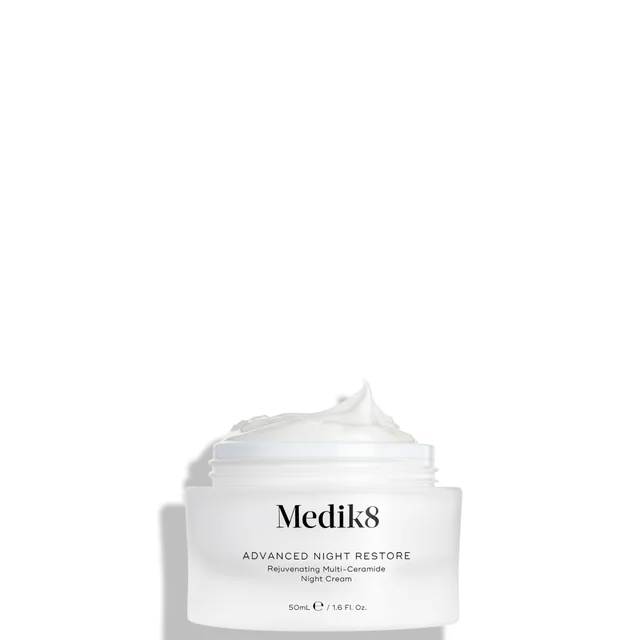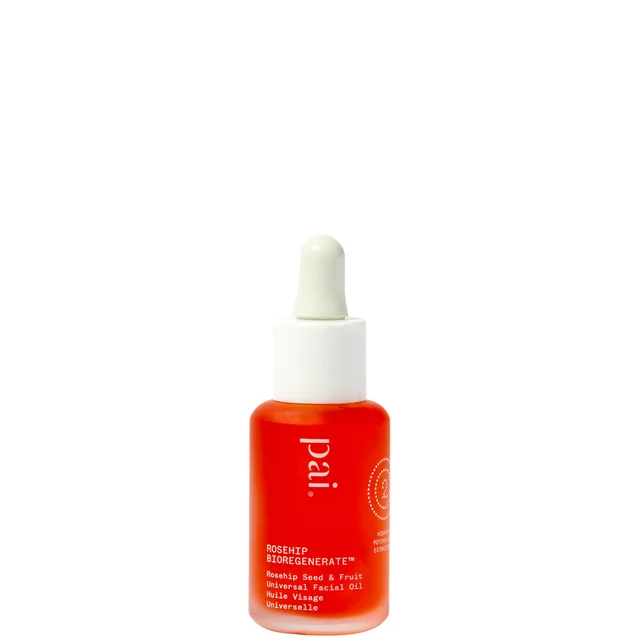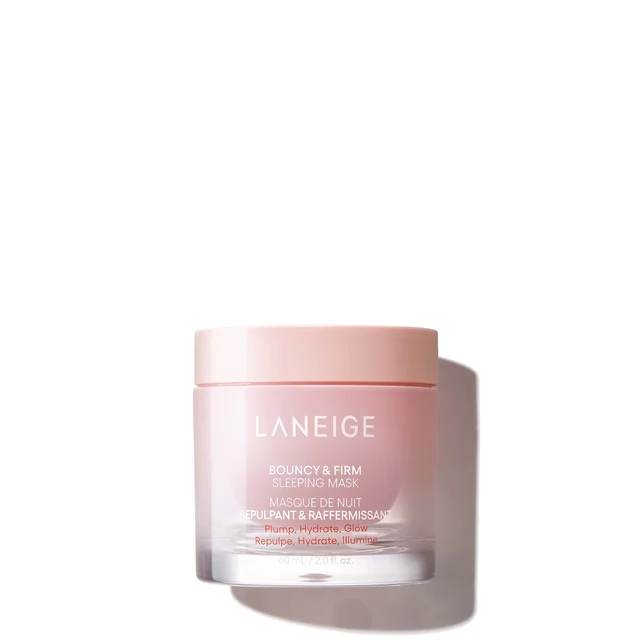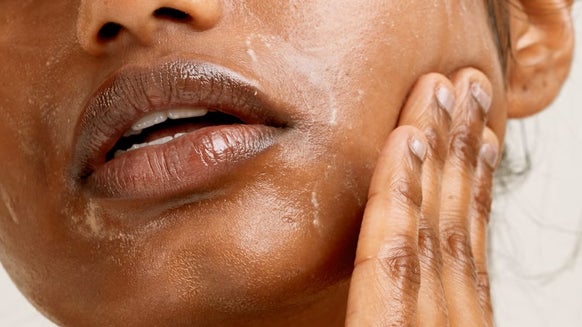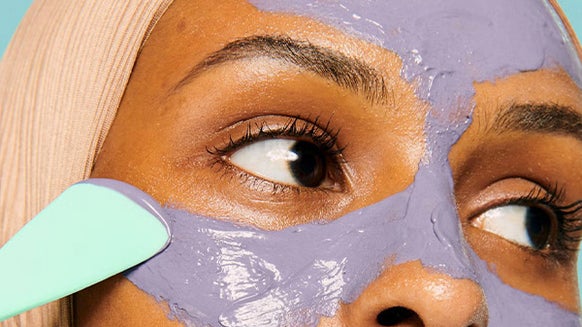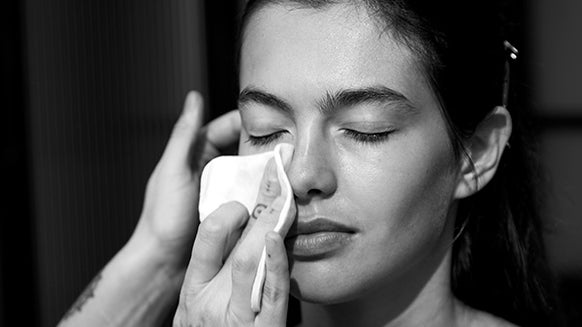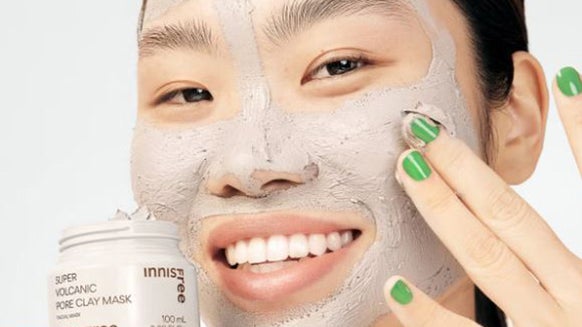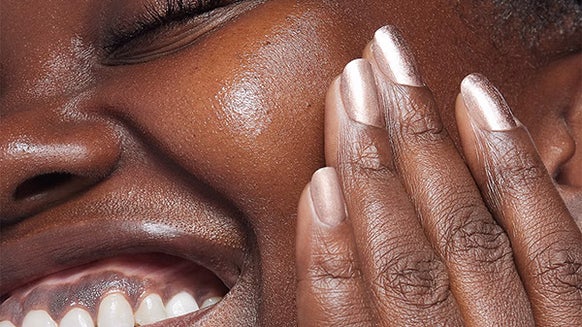HOW TO LAYER SKINCARE: YOUR FOOLPROOF GUIDE

Diving into the world of skincare can feel overwhelming, especially when learning how to layer skincare the right way. With so many products promising glowing skin — hyaluronic acid for hydration, retinol for anti-aging, vitamin C for brightening and, of course, SPF for protection — it’s easy to get lost in the shuffle.
But when it comes to maximising the benefits of each product, the secret lies in the order you apply them. Whether you’re aiming for a quick 3-step morning routine or a luxurious 10-step evening regimen, understanding how to layer skincare correctly can transform your complexion from the very first step.
With that in mind, we’ve broken down the essentials and uncovered exactly how to layer skincare to build your ideal routine tailored to your skin type.
IN THIS ARTICLE:
- What Is Your Skin Type
- How To Layer Skincare
- Morning Skincare Routine
- Evening Skincare Routine
- How To Layer Skincare FAQs
BUT FIRST, WHAT IS YOUR SKIN TYPE
Just like most beauty routines, knowing your skin type is the first step in understanding how to layer skincare effectively. Not only do you need to consider which complexion concerns you want to address (from blemishes and uneven tone to dark circles and dullness), but you also need to identify your specific skin type. Why? Because each skin type requires different care to maintain a healthy appearance — so what works for your friends may not be the best solution for you.
Keep scrolling to discover the differences between each skin type and learn how to identify the one that best matches your complexion.
Dry Skin: If your skin feels tight, uncomfortable or flaky, you’re most likely dealing with dehydration. Dry skin can look dull or uneven in texture and is in need for a serious hydration boost. Your routine should focus on locking in moisture and restoring that natural glow.
Oily Skin: Categorised by excess sebum production, oily skin often looks shiny and is prone to breakouts and blemishes. Lightweight, non-comedogenic formulas are your best friends here as they control shine without stripping your skin’s essential moisture.
Combination Skin: The classic mix-and-match situation, combination skin refers to those who experience an oily T-zone (hello, forehead, nose, and chin) but dryness on the cheeks. This complexion calls for targeted care for each zone to keep everything balanced and happy.
Sensitive Skin: Prone to redness, irritation and dryness, sensitive skin needs gentle, soothing products that calm without causing drama. Think nourishing, calming ingredients that help skin feel comfortable and protected.
Balanced Skin: Forget “normal” skin, it’s all about balance. This skin type isn’t too oily or too dry and generally stays stable. But even balanced skin deserves a thoughtful routine that supports its natural barrier and keeps it glowing day after day.
HOW TO LAYER SKINCARE
So now you’ve identified your skin type, it’s time to dive right into how to layer skincare.
Why is this so important, you might ask? Well, sometimes in beauty (and life) the order you do things doesn’t matter. Want to do your hair before your makeup? Go for it. Prefer to use concealer before foundation? No problem. But when it comes to layering your skincare, the order definitely counts. Get it wrong, and your skin’s going to be seriously confused. At best, your products won’t work as well (and who wants to waste good skincare?) and at worst, you could end up irritating your complexion.
When it comes to answering how to layer skincare, it’ s best to keep things straightforward. Every regime should look to prep, treat and seal. And while your routine itself will most probably include more than 3 steps, the final outcome should be the same. Simply follow our 5 golden rules below and you’ll be on your way to a healthy, happy and hydrated complexion in no time.
LAYER YOUR FORMULAS FROM THINNEST TO THICKEST
Rule 101 when it comes to understanding how to layer skincare is to always begin with the lightest textures – this usually being your toners, essences and serums. These are typically water-based and absorb quickly, prepping your skin for everything that follows. Applying these first ensures their active ingredients penetrate deeply without being blocked by heavier creams or oils.
GIVE EACH LAYER A MOMENT TO ABSORB
Patience pays off! We get it, this isn’t always easy when you're in a rush, but allowing your products to sink in for about 30 seconds to 1 minute before moving to the next step will minimise the risk of pilling (AKA the annoying flaking or rolling of product). Try to integrate your skin care with your usual morning ritual – apply a serum after showering, then sip your coffee or find your left shoe, before the second step… you get the gist.
APPLY ACTIVE INGREDIENTS BEFORE MOISTURISERS
Actives such as vitamin C, retinol, niacinamide and exfoliating acids are the heavy hitters in your routine. For maximum effectiveness, apply these treatments directly to clean skin before sealing them in with your moisturiser or cream. The direct contact allows the ingredients to work their magic without dilution or interference.
DON’T MIX INCOMPATIBLE INGREDIENTS
Some skincare ingredients simply don’t play well together. For example, combining vitamin C with retinol or exfoliating acids can cause irritation or reduce their effectiveness. To avoid this, either alternate actives between your morning and evening routines or on different days. What’s more, layering several exfoliating acids can overwhelm your skin barrier, leading to sensitivity, redness or peeling. Use one type of acid at a time and introduce slowly. Knowing which ingredients to pair (and which to keep apart) is key to happy, healthy skin.
FINISH WITH AN SPF
No matter how many products you layer on, or how grey it is outside, your routine isn’t complete without SPF. Sunscreen should always be the final step in your morning regimen, protecting your skin from harmful UV rays and locking in all the nourishing goodness you’ve just applied.
MORNING SKINCARE ROUTINE
Step 1: Oil or water-based cleanser
Understanding how to layer skincare starts with a gentle cleanser to remove any oils, sweat or residue from overnight. For those with combination or oily skin we recommend the latter as while oil-based cleansers unclog pores, they can increase oiliness.
Step 2: Toner or essence (optional)
Toners or essences balance your skin’s pH and add a light layer of hydration to your complexion. They can also reduce the appearance of pores and remove impurities left behind after cleansing.
Step 3: Serums
When applying your serum, make sure they contain a high concentration of antioxidants – think vitamin C for brightening or hyaluronic acid for hydration. These formulas not only shield your skin from damage caused by free radicals, but they also diminish the risk of redness and wrinkles too.
Step 4: Spot treatment (optional)
If you spot (no pun intended) a blemish with a head, look for an anti-inflammatory formula to treat and remove this breakout. Spot treatments reduce the appearance of redness, pigments and inflammation. However, it’s important to note that if you have an open blemish you should skip this step altogether as the product will typically include strong actives that can increase dryness and delay healing of open blemishes.
Step 5: Eye cream
Designed for the thinner and more sensitive skin around your eyes, eye creams brighten, smooth and firm up this area. If, however you have a moisturiser or serum suitable for the eye area, you may want to skip this step as those blends will work in the same way.
Step 6: Moisturiser
One key tip for how to layer skincare, is to lock in all the goodness of your previous steps with a moisturiser suited to your skin type. If you have dry skin, opt for a cream or balm. Thicker creams work best on balanced, or combination skin and gels are recommended for oilier complexions. Effective ingredients found in moisturisers include glycerine, ceramides, antioxidants and peptides. Regular moisturising can help prevent blemishes and other skin issues by protecting your skin’s barrier.
Step 7: Face Oil (optional)
Your face oil will lock in hydration and give your skin a healthy glow. Face oils are typically richer and can create a barrier on top of your moisturiser, helping to seal everything in. If you have oily or blemish-prone skin, you may want to skip this step in the morning or opt for lighter, non-comedogenic oils.
Step 8: Sunscreen
Last, but certainly not least, complete your morning skincare routine with a broad-spectrum SPF 30 or higher to defend against harmful UV rays. This step is non-negotiable every morning!
NIGHT TIME SKINCARE ROUTINE
Step 1: Makeup remover/cleansing oil
To master how to layer skincare at night, start by breaking down makeup, sunscreen and daily dirt with a gentle makeup remover or cleansing oil. These blends will dissolve natural skin oils, residue and impurities from your skin.
Step 2: Water-based cleanser
Follow up with your regular cleanser to deeply cleanse and refresh your skin. Water-based cleansers react with any leftover makeup and dirt on the skin, allowing everything to be rinsed away with water. To help keep the vitality of your natural barrier intact, opt for a gentle formula with neutral pH and avoid over scrubbing as this can irritate your complexion.
Step 3: Exfoliator
An important part of how to layer skincare at night involves exfoliating properly. Exfoliators and clay masks work hard to sweep away dead skin cells and clear out pores. They’re best used at night to help remove the day’s build-up and prepare your skin to better absorb your overnight treatments. However, it’s important not to overdo it—especially if you have sensitive skin—as these treatments can increase your skin’s sensitivity to the sun.
Step 4: Hydrating Mist (optional)
A quick, refreshing drink for your skin while you sleep, hydrating mists (or toners) ensures your complexion is nourished and radiant come morning. Look for those that spotlight humectant ingredients, such as lactic acid, hyaluronic acid and glycerine, to give your skin that much-appreciated moisture boost.
Step 5: Acid treatment or serums
This is where you apply targeted treatments such as retinol, exfoliating acids (AHAs/BHAs) or other serums to encourage cell turnover. If you’re just starting your acid journey, we suggest to being with using your treatment once a week, with the end goal of using it every night.
Step 6: Eye cream
A richer nighttime eye cream can effectively target concerns like puffiness and fine lines. Choose one packed with peptides and antioxidants for the best results.
Step 7: Moisturiser or night cream
Seal in all the goodness of your nighttime skincare routine with a nourishing moisturiser or specified night cream to keep your skin hydrated and support its overnight repair.
Step 8: Facial oil (optional)
And, if after all this your skin is still dry or needs an extra boost, complete your routine with a few drops of facial oil to lock in moisture. For the best results, avoid applying other products on top.
Step 9: Sleep mask (optional)
If facial oils aren’t your thing, wrap up your nighttime routine and perfect how to layer skincare with an overnight mask. These TLC-treatments seal in all your other products and contain hydrating ingredients mild enough to be kept on overnight.
HOW TO LAYER SKINCARE FAQS
What is the 4-2-4 rule in skincare?
The 4-2-4 method is a Korean skincare technique where you spend 10 minutes cleansing your face: 4 minutes with oil, 2 minutes with a foam cleanser and 4 minutes rinsing with water. Following the 4-2-4 rule ensures each product has enough time to do its job without interfering with the next, keeping your routine effective and your skin happy.
What are the 7 steps of skincare?
The typical 7-step skincare routine usually involves cleansing, exfoliating, masking, toning, applying serums or treatments, moisturising and finishing with sunscreen in the morning or a sleeping mask at night.
Can you layer too much skincare?
In short, yes you can layer too much skincare. While layering helps your skin absorb different ingredients effectively, piling on too many products, or using too many active ingredients at once, can overwhelm and irritate your skin. This might lead to redness, dryness, breakouts or sensitivity. The key is to keep it balanced. By this we mean, choose products that complement each other, avoid overloading with too many actives at once and always listen to how your skin reacts. Sometimes, less is more!

Cult Beauty’s Senior SEO Copywriter, Trifonia started out in the industry when bold brows were just becoming a ‘thing’, and shares a passion for all things fashion and beauty. Currently embracing her curly girl journey (after endless years of straightening her strands), she is finally reverting to her natural ways! When Triffy isn’t busy testing out the latest curl-saving solutions, you’ll find her binging the latest reality TV show or on a long walk listening to her ever-evolving country music playlist.
